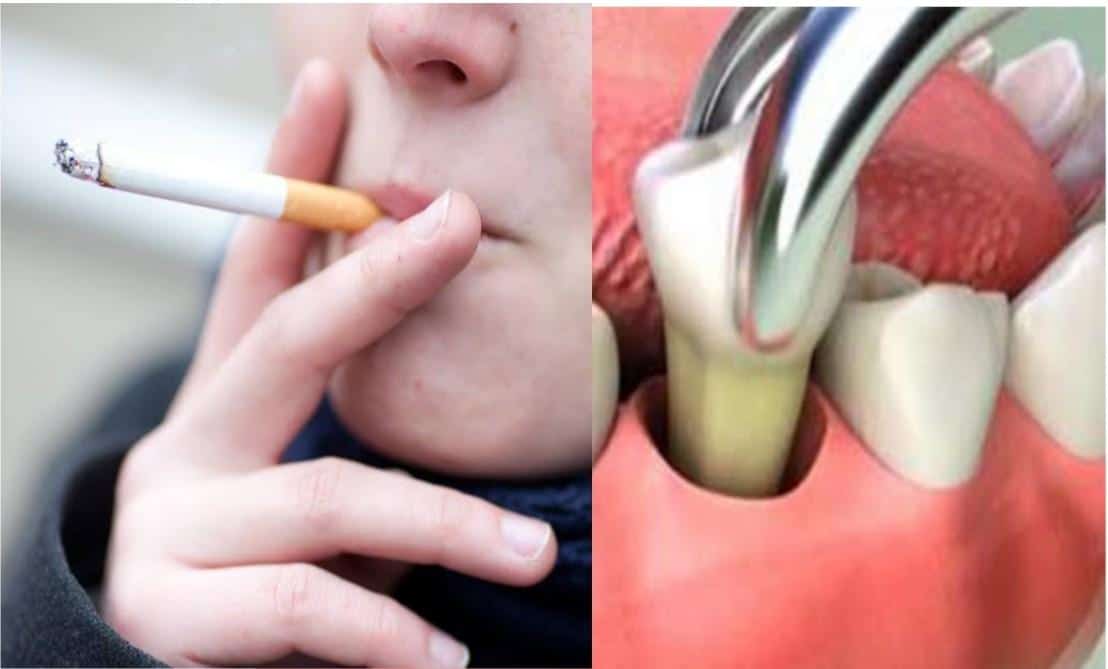As I was sitting in the dentist’s chair, my heart pounding in my chest, I watched the dental assistant place a piece of gauze over the extraction site. “Keep this in for at least 30 minutes,” she instructed. “It will help stop the bleeding.” As I drove home, the gauze still in place, I couldn’t help but wonder how long I should keep it in and what to expect in the coming days.

How Long To Keep Gauze In After Tooth Extraction
If you’ve recently had a tooth extracted, you may have the same questions. Knowing how long to keep gauze in after tooth extraction and what to expect during the healing process is essential for a comfortable recovery.
The Importance of Gauze after Tooth Extraction
After a tooth extraction, your dentist or oral surgeon will place a piece of gauze over the extraction site. This gauze has two main purposes:
- Stop bleeding: The gauze helps to absorb blood and form a clot, which helps stop the bleeding.
- Protect the wound: The gauze also helps to protect the extraction site from bacteria and debris, reducing the risk of infection.
How Long to Keep Gauze in After Tooth Extraction
The general rule of thumb is to keep the gauze in for at least 30 minutes after tooth extraction. This will give the blood clot time to form and stabilize.
However, if the bleeding continues after 30 minutes, you can gently replace the gauze with a new piece and keep it in for longer. In most cases, the bleeding should stop within a few hours. If the bleeding continues for more than 24 hours, you should contact your dentist or oral surgeon.
What to Expect During the Healing Process
After tooth extraction, it is normal to experience some discomfort, swelling, and bleeding. Here is what you can expect during the healing process:
- Discomfort: You may experience discomfort or pain at the extraction site. This is normal and can be managed with over-the-counter pain medication.
- Swelling: Your face may swell around the extraction site. This swelling usually peaks within 24 hours and gradually subsides over the next few days.
- Bleeding: Some bleeding is normal after tooth extraction. However, if the bleeding is heavy or continues for more than 24 hours, you should contact your dentist or oral surgeon.
- Pain: You may experience pain at the extraction site, especially when chewing or biting. This pain is usually mild and can be managed with over-the-counter pain medication.
- Infection: In rare cases, the extraction site can become infected. Symptoms of infection include severe pain, swelling, redness, and pus. If you experience any signs of infection, you should contact your dentist or oral surgeon immediately.
Tips and Expert Advice
Here are some tips and expert advice for a comfortable recovery after tooth extraction:
- Keep the gauze in for at least 30 minutes. This will give the blood clot time to form and stabilize.
- Replace the gauze if it becomes soaked with blood.
- Apply cold compresses to the face to reduce swelling.
- Take over-the-counter pain medication to relieve discomfort.
- Avoid chewing or biting on the extraction site.
- Eat soft foods and drink plenty of fluids.
- Avoid smoking and alcohol.
- Follow your dentist’s instructions carefully.
By following these tips, you can help promote healing and reduce discomfort after tooth extraction.
Frequently Asked Questions
Q: How long does it take for a tooth extraction wound to heal?
A: The healing process can vary from person to person, but most people can expect the wound to heal within 2-3 weeks.
Q: What are the signs of infection after tooth extraction?
A: Symptoms of infection include severe pain, swelling, redness, and pus.
Q: What should I do if I experience severe pain or bleeding after tooth extraction?
A: If you experience severe pain or bleeding, you should contact your dentist or oral surgeon immediately.
Q: Can I rinse my mouth after tooth extraction?
A: Yes, you can rinse your mouth gently after tooth extraction. However, be sure to avoid spitting or rinsing vigorously, as this can dislodge the blood clot.
Q: Can I eat after tooth extraction?
A: Yes, you can eat after tooth extraction. However, it is best to stick to soft foods and avoid chewing or biting on the extraction site.
Conclusion
Having a tooth extracted can be a daunting experience, but understanding how long to keep gauze in after tooth extraction and what to expect during the healing process can help you recover comfortably. By following the tips and advice provided in this article, you can promote healing and reduce discomfort.
Are you interested in learning more about tooth extractions or other dental procedures? Visit our blog for more informative articles and resources.
How Long To Keep Gauze In After Tooth Extraction

Image: ozusozu.wordpress.com










